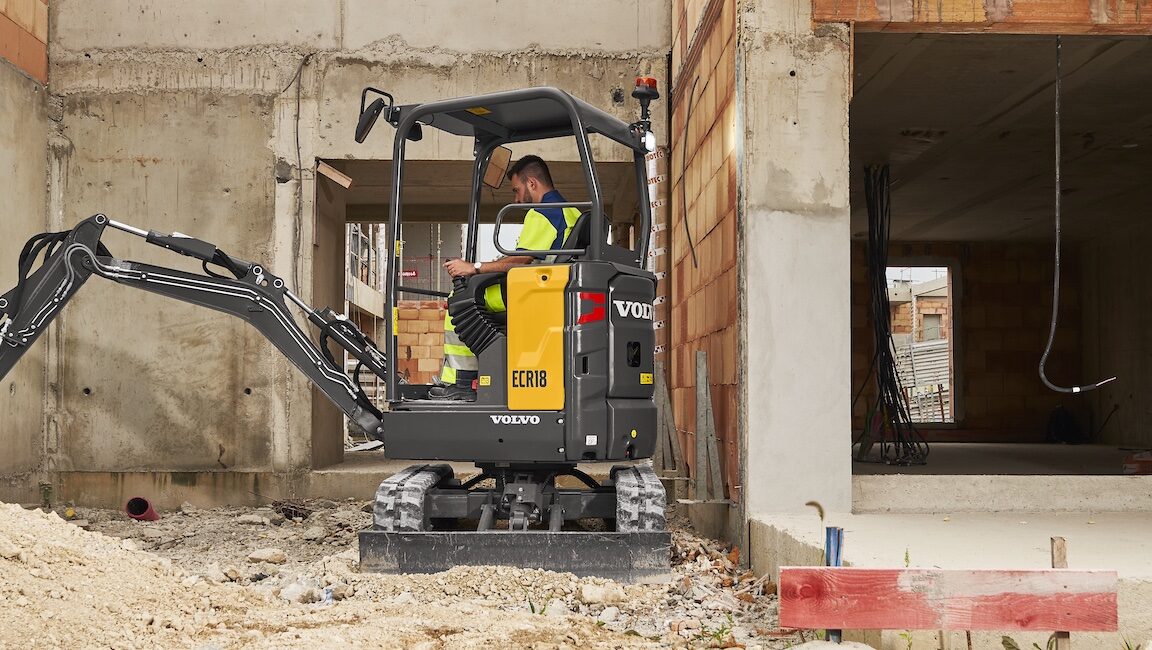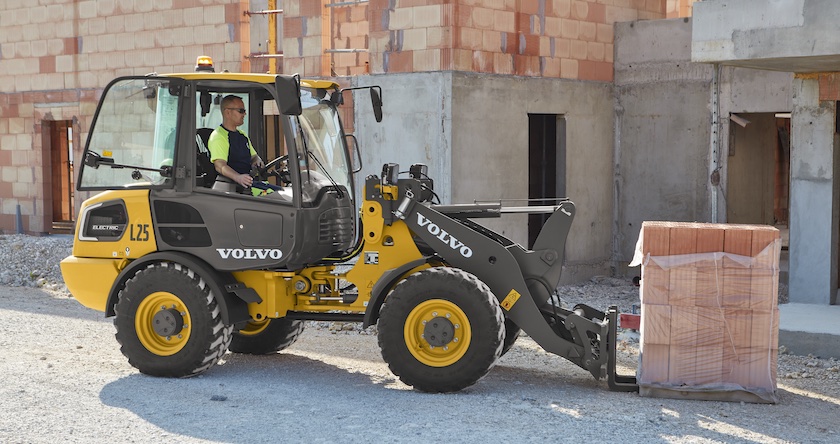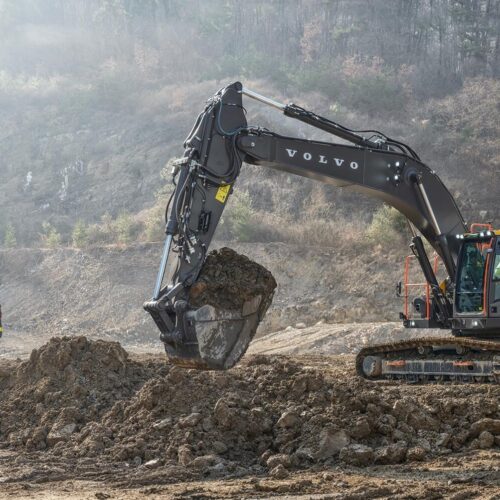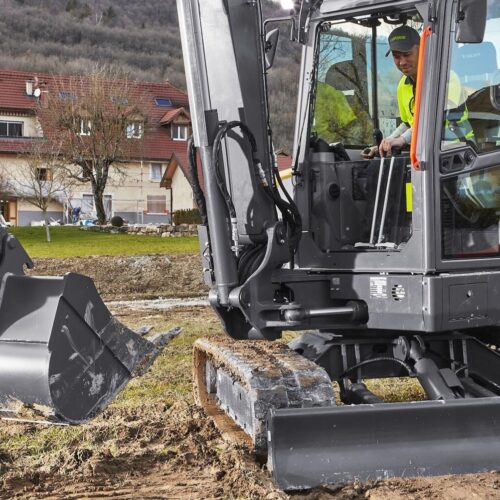Why You May Need to Rethink Machine Work Hours with Electric Equipment
The construction industry continues to integrate electric equipment into fleets, as they’re promising alternatives to their diesel-powered counterparts. The reason they’re becoming more popular options is because electric heavy equipment offers numerous […]


The construction industry continues to integrate electric equipment into fleets, as they’re promising alternatives to their diesel-powered counterparts. The reason they’re becoming more popular options is because electric heavy equipment offers numerous advantages including lower or zero emissions, reduced operating costs and quieter operations.
But when it comes time to consider an electric machine for your fleet, you might be asking yourself, “How many hours will my electric machine need to run each day to keep pace with my diesel equipment?” And more importantly, “Will the charge last for my estimated hours?”
If you’re using the hours logged on an equivalent diesel model as your estimate for a new electric machine, you’re likely overestimating — and probably by a large percentage. The biggest reason is due to machine idling — and the fact that electric machines like ours don’t idle.
As you know, diesel engines require idle periods to warm up and maintain performance. There’s also idle time if an operator stops working while another machine does its part of the job. These idle hours rack up quickly — and if your machines ever idle unnecessarily (e.g. during lunch breaks), your diesel machine’s logged hours aren’t a true reflection of the number of hours you’ll actually need for your electric equivalent. Idle times can vary greatly based on the application, but on many jobs it’s not unusual to see a machine idling 25% or even 50% of the time.
It’s important when transitioning to electric equipment to not inadvertently carry over these traditional expectations. In reality, electric machines provide instant power while you’re working the controls, but when you let go, the machines quickly shut off, eliminating excessive idle time.

Volvo compact electric machines, for example, come with Auto Electric Motor Shut Down. If an operator stops running the machine, the electric motor turns off after a defined period of time. The operator can select times anywhere between three and 20 seconds. And to get working again, the electric motor turns on instantly and provides instant power as soon as the controls are moved. It’s not like a diesel engine where if you stopped working it goes into idle and burns fuel. In electric machines, the electric motors shut off according to the operator’s preference.
A quick note that extreme cold weather can become a factor in how long you can use electric heavy equipment in certain applications. If you operate electric equipment in colder regions, your local equipment dealer can work with you to understand how you intend to use the machine(s) to ensure you get the productivity and uptime you need.
If you’re considering an electric machine to complement your diesel-powered fleet, your dealer is the best resource to help you properly estimate the hours your machine will need to be powered up and working. Electric truly is different — and odds are you’ll quickly find that it isn’t as much as you might think.
Categories: Construction Equipment, Electric Equipment, Insights

